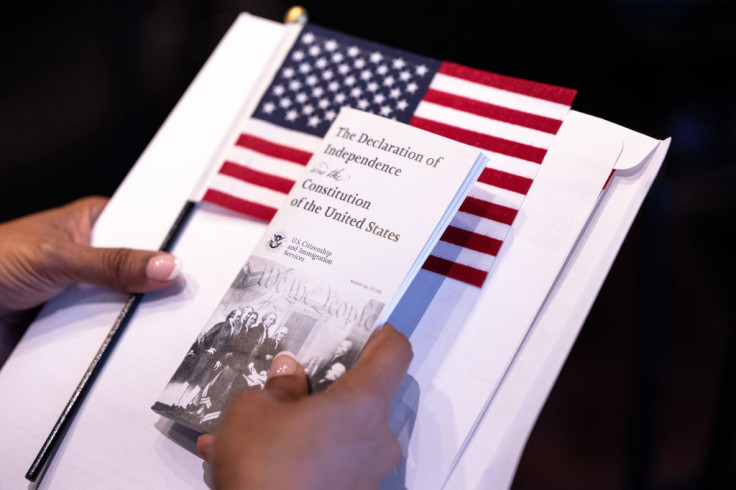
Nearly half of Latinos in the United States believe the American Dream is either disappearing or no longer exists, according to the Hispanic Sentiment Study 2025.
The survey, conducted by Nielsen and powered by TelevisaUnivision, found that 48.3 percent of Hispanic respondents see the American Dream as fading or gone, a steep increase from 34.9 percent in 2023 and 30.5 percent in 2018.
Findings from the study also revealed that the percentage of Latinos who say the American Dream "no longer exists" rose from 10.5 percent in 2023 to 21.9 percent in 2025. At the same time, only 10.6 percent said the American Dream is "alive and well," less than half the 22.4 percent who shared that view in 2018.
Younger Latinos remain the most optimistic. Among those aged 18 to 24, 11.1 percent said the American Dream is alive and well, compared to 6.7 percent of those aged 45 to 54. Spanish-speaking Hispanics, many of them recent immigrants, also expressed more resilience, while 22.4 percent of English-dominant respondents said the Dream no longer exists, a figure which was 16.9 percent among Spanish speakers.
Education appeared to influence perceptions as 35% of Latinos with a four-year degree and 26.6 percent with postgraduate degrees said the American Dream is gone. Those with less formal education were less likely to share that view.
The survey also documented sharp declines in life satisfaction. In 2018, more than 70 percent of Latinos said they were satisfied with family life; by 2025, that number had dropped to 47.5 percent. Personal life satisfaction fell from 65.3 percent in 2018 to 44.6 percent in 2025. Satisfaction with financial situations was the lowest, at 23.5 percent, down from 39.5 percent in 2018.
Work life satisfaction followed a similar trend, with only 31.8 percent saying they are satisfied in 2025. However, some aspects of employment remained relatively stable. Forty percent said they enjoy their day-to-day work, and 36.5 percent said they feel seen, heard, and valued. The perception of receiving good benefits increased from 31.6 percent in 2023 to 38.5 percent in 2025.
"Over the past few years, the U.S. Latino community has experienced significant shifts in self-perception, societal integration, and expectations from various stakeholders, including brands, employers, and the government," the beginning of the study's background section says. "This comparative analysis is particularly crucial given the Hispanic community's burgeoning economic powerhouse status, with the U.S. Latino GDP now ranking as the fifth-largest in the world."
The study, first conducted in 2018, aims to track evolving attitudes in the U.S. Hispanic community. "This report is more than data, it's a mirror into the evolving heart and voice of the U.S. Latino community," wrote Claudia Romo Edelman, founder of We Are All Human, in the foreword.
© 2025 Latin Times. All rights reserved. Do not reproduce without permission.






